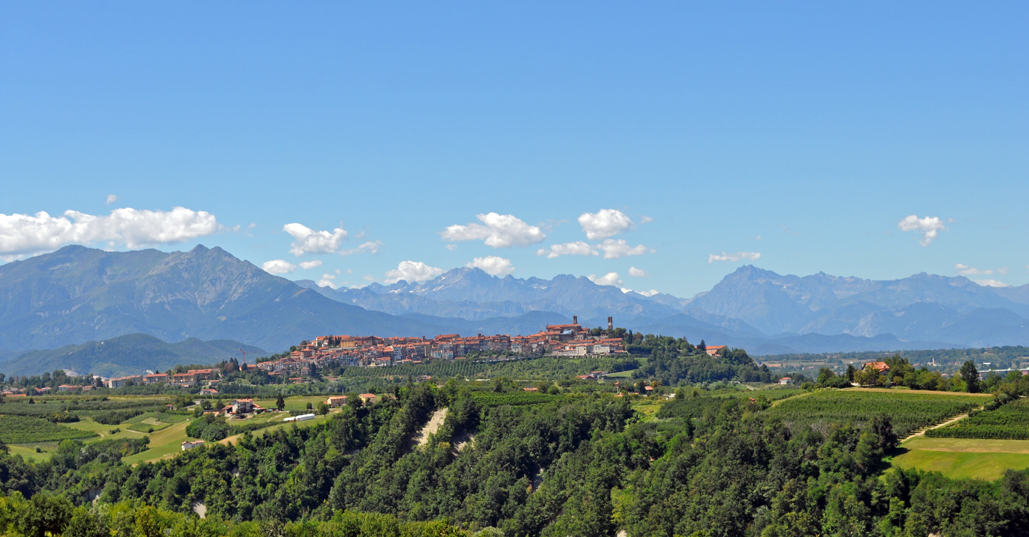|
Saint Bernulf
Saint Bernulf or San Bernulfo or St Bernulphe (9th century AD) was Bishop of Asti (now Italy). Traditionally, the Bishop was one of several (unnamed) martyrs put to death by Muslim raiders in the early 9th century. Their remains were later transferred the church at Mondovì, where Bernulf was venerated as patron saint of the town. That honor was later taken by the current patron saint, Ubald, Saint Ubaldo. His feast day is 24 March. References * ''Sanctoral des RP Bénédictins'', éditions Letouzey & Ané (1939) * http://nominis.cef.fr/contenus/saint/6288/Saint-Bernulf.html {{DEFAULTSORT:Bernulf Bishops of Asti 9th-century Christian saints Medieval Italian saints Christian saints killed by Muslims ... [...More Info...] [...Related Items...] OR: [Wikipedia] [Google] [Baidu] |
Bishop Of Asti
The Diocese of Asti ( la, Dioecesis Astensis) is a Roman Catholic ecclesiastical territory in Piedmont, northern Italy, centered in the city of Asti. It has been a suffragan of the Archdiocese of Turin since 1515."Diocese of Asti" ''''. David M. Cheney. Retrieved February 29, 2016."Diocese of Asti" ''GCatholic.org''. Gabriel Chow. Retrieved February 29, 2016. Previous to that, it was a suffragan of the Archdiocese of Milan. The diocese lost territory in 1175, when the diocese of Alessandria was created ... [...More Info...] [...Related Items...] OR: [Wikipedia] [Google] [Baidu] |
Mondovì
Mondovì (; pms, Ël Mondvì , la, Mons Regalis) is a town and ''comune'' (township) in Piedmont, northern Italy, about from Turin. The area around it is known as the Monregalese. The town, located on the Monte Regale hill, is divided into several '' rioni'' (ancient quarters): Piazza (the most ancient), Breo, Pian della Valle, Carassone, Altipiano, Borgato and Rinchiuso, lower, next to the Ellero stream, developed from the 18th century when industries developed in Mondovì and when it was reached by the railway. The Funicolare di Mondovì, a funicular railway reopened in 2006, links Breo with Piazza. It is the seat of the Roman Catholic Diocese of Mondovì. History Founded on a hilltop in 1198 by survivors of the destroyed village of Bredolo and by inhabitants of the neighboring villages of Vico (now Vicoforte), Vasco (now Monastero di Vasco) and Carassone (which was abandoned after the founding of the new city): an independent comune named ''Ël Mont ëd Vi'', m ... [...More Info...] [...Related Items...] OR: [Wikipedia] [Google] [Baidu] |
Ubald
Ubald of Gubbio ( it, Ubaldo; la, Ubaldus; french: Ubalde; ca. 1084–1160) was a medieval bishop of Gubbio, in Umbria, today venerated as a saint by the Catholic Church. Saint Ubaldo Day is still celebrated at the Basilica of Sant'Ubaldo in Gubbio in his honor, as well as at Jessup, Pennsylvania. Life Born Ubaldo Baldassini Gubbio, the only son of noble parents Rovaldo and Guiliana Baldassini. He was a relative of Sperandia, abbess of a Camaldolese monastery at Cingoli. Ubald was baptized in the church of San Giovanni and named after his uncle. Ubald's parents died while he was still very young, and he was raised by his uncle, the bishop of Gubbio. He was educated by the prior of the cathedral church of his native city, where he also became a canon regular. Ubald entered the Monastery of St. Secondo in the same city, where he remained for some years. He was ordained about 1114. Recalled by his bishop, he returned to the cathedral monastery. The bishop made him prior of hi ... [...More Info...] [...Related Items...] OR: [Wikipedia] [Google] [Baidu] |
Bishops Of Asti
The Diocese of Asti ( la, Dioecesis Astensis) is a Roman Catholic ecclesiastical territory in Piedmont, northern Italy, centered in the city of Asti. It has been a suffragan of the Archdiocese of Turin since 1515."Diocese of Asti" ''''. David M. Cheney. Retrieved February 29, 2016."Diocese of Asti" ''GCatholic.org''. Gabriel Chow. Retrieved February 29, 2016. Previous to that, it was a suffragan of the Archdiocese of Milan. The diocese lost territory in 1175, when the diocese of Alessandria was created ... [...More Info...] [...Related Items...] OR: [Wikipedia] [Google] [Baidu] |
9th-century Christian Saints
The 9th century was a period from 801 ( DCCCI) through 900 ( CM) in accordance with the Julian calendar. The Carolingian Renaissance and the Viking raids occurred within this period. In the Middle East, the House of Wisdom was founded in Abbasid Baghdad, attracting many scholars to the city. The field of algebra was founded by the Muslim polymath al-Khwarizmi. The most famous Islamic Scholar Ahmad ibn Hanbal was tortured and imprisoned by Abbasid official Ahmad ibn Abi Du'ad during the reign of Abbasid caliph al-Mu'tasim and caliph al-Wathiq. In Southeast Asia, the height of the Mataram Kingdom happened in this century, while Burma would see the establishment of the major kingdom of Pagan. Tang China started the century with the effective rule under Emperor Xianzong and ended the century with the Huang Chao rebellions. While the Maya experienced widespread political collapse in the central Maya region, resulting in internecine warfare, the abandonment of cities, ... [...More Info...] [...Related Items...] OR: [Wikipedia] [Google] [Baidu] |
Medieval Italian Saints
In the history of Europe, the Middle Ages or medieval period lasted approximately from the late 5th to the late 15th centuries, similar to the post-classical period of global history. It began with the fall of the Western Roman Empire and transitioned into the Renaissance and the Age of Discovery. The Middle Ages is the middle period of the three traditional divisions of Western history: classical antiquity, the medieval period, and the modern period. The medieval period is itself subdivided into the Early, High, and Late Middle Ages. Population decline, counterurbanisation, the collapse of centralized authority, invasions, and mass migrations of tribes, which had begun in late antiquity, continued into the Early Middle Ages. The large-scale movements of the Migration Period, including various Germanic peoples, formed new kingdoms in what remained of the Western Roman Empire. In the 7th century, North Africa and the Middle East—most recently part of the Eastern R ... [...More Info...] [...Related Items...] OR: [Wikipedia] [Google] [Baidu] |



